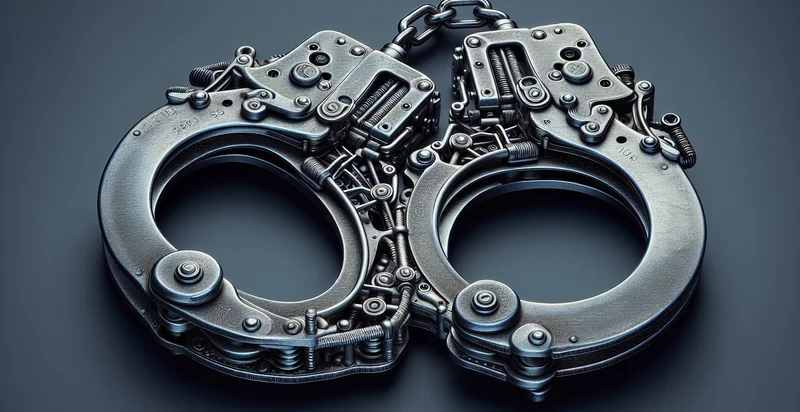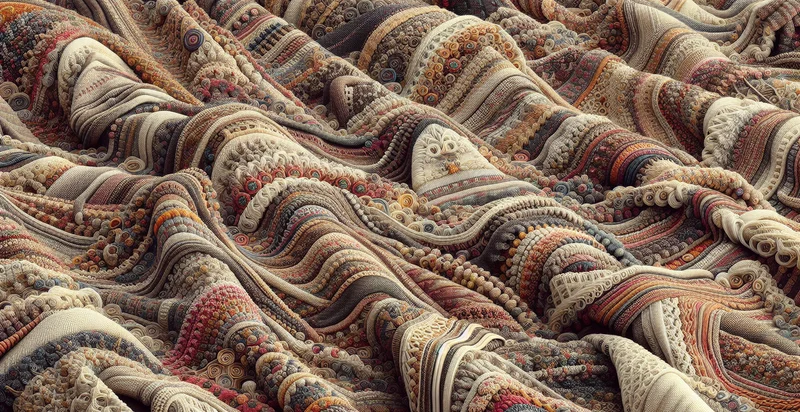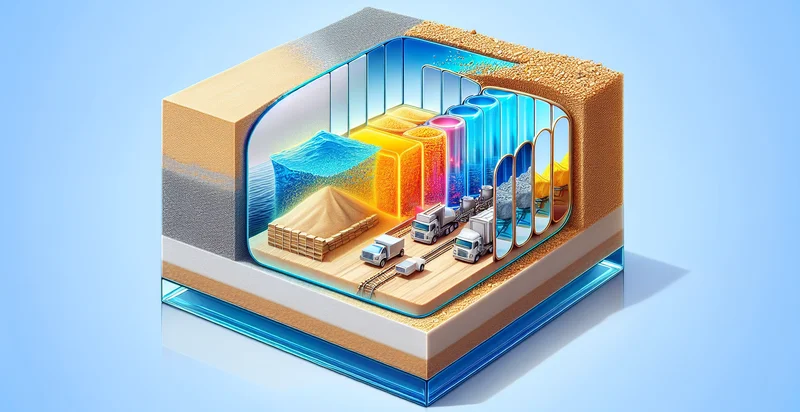Identify what material a handcuffs are made from
using AI
Below is a free classifier to identify what material a handcuffs are made from. Just upload your image, and our AI will predict what material the handcuffs are made from - in just seconds.

Contact us for API access
Or, use Nyckel to build highly-accurate custom classifiers in just minutes. No PhD required.
Get started
import nyckel
credentials = nyckel.Credentials("YOUR_CLIENT_ID", "YOUR_CLIENT_SECRET")
nyckel.invoke("what-material-a-handcuffs-are-made-from", "your_image_url", credentials)
fetch('https://www.nyckel.com/v1/functions/what-material-a-handcuffs-are-made-from/invoke', {
method: 'POST',
headers: {
'Authorization': 'Bearer ' + 'YOUR_BEARER_TOKEN',
'Content-Type': 'application/json',
},
body: JSON.stringify(
{"data": "your_image_url"}
)
})
.then(response => response.json())
.then(data => console.log(data));
curl -X POST \
-H "Content-Type: application/json" \
-H "Authorization: Bearer YOUR_BEARER_TOKEN" \
-d '{"data": "your_image_url"}' \
https://www.nyckel.com/v1/functions/what-material-a-handcuffs-are-made-from/invoke
How this classifier works
To start, upload your image. Our AI tool will then predict what material the handcuffs are made from.
This pretrained image model uses a Nyckel-created dataset and has 15 labels, including Aluminum, Brass, Bronze, Carbon Steel, Composite, Iron, Magnesium, Metal, Nickel and Plastic.
We'll also show a confidence score (the higher the number, the more confident the AI model is around what material the handcuffs are made from).
Whether you're just curious or building what material a handcuffs are made from detection into your application, we hope our classifier proves helpful.
Related Classifiers
Need to identify what material a handcuffs are made from at scale?
Get API or Zapier access to this classifier for free. It's perfect for:
- Law Enforcement Equipment Verification: This function can assist law enforcement agencies in quickly identifying the material composition of handcuffs during inspections. By ensuring that handcuffs meet safety and quality standards, agencies can maintain compliance and enhance officer safety.
- Material Quality Assessment: Manufacturers of handcuffs can use this function to assess the material quality during production processes. Identifying material types can help ensure that they adhere to industry regulations and improve product durability and performance.
- Anti-theft Measures: Retailers can leverage the identification function to prevent theft by ensuring that only legitimate materials are used in handcuffs sold. This added layer of verification can deter counterfeit products that might compromise safety.
- Historical Artifact Authentication: Museums and historical societies can utilize this function to verify the material composition of antique handcuffs. By accurately identifying materials, they can authenticate pieces for exhibits or collections, helping to preserve historical accuracy.
- Legal Evidence Validation: In legal contexts, lawyers can use this function to validate the materials of handcuffs used in specific cases. This identification can provide essential evidence regarding the appropriateness or safety of the handcuffs during arrests.
- Public Safety Awareness Campaigns: Organizations focused on public safety can use the function to identify materials in handcuffs used by different authorities. Such data can help drive campaigns aimed at promoting transparent discussions about the safety and ethical use of restraint devices.
- Material Recycling and Sustainability: Environmental organizations can leverage this function to promote sustainable practices by identifying materials in used or discarded handcuffs. By understanding the material composition, programs can be developed for recycling or repurposing these items, contributing to sustainability efforts.


